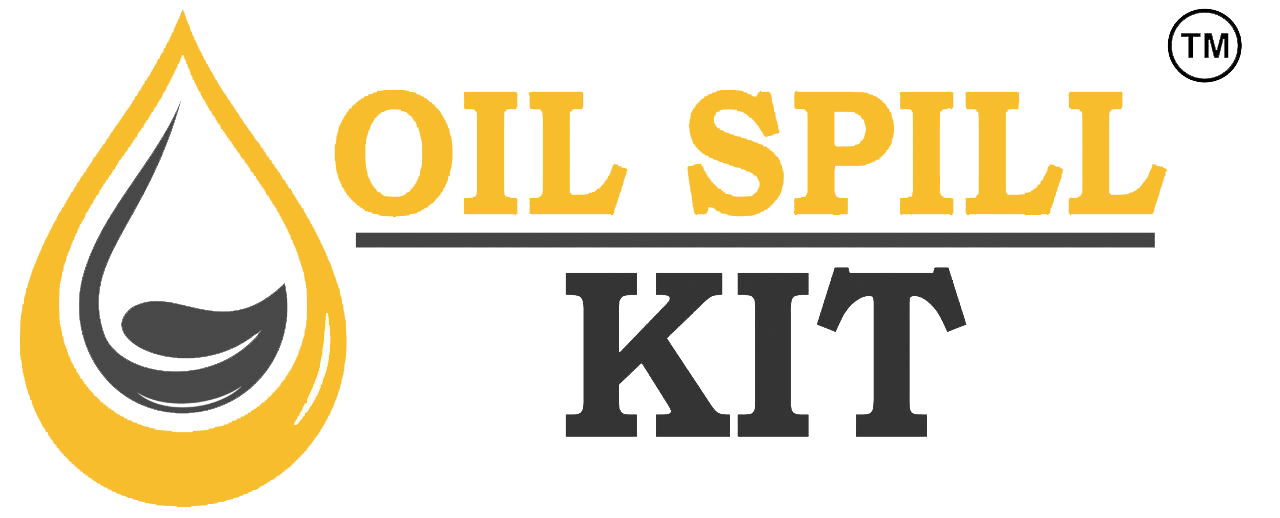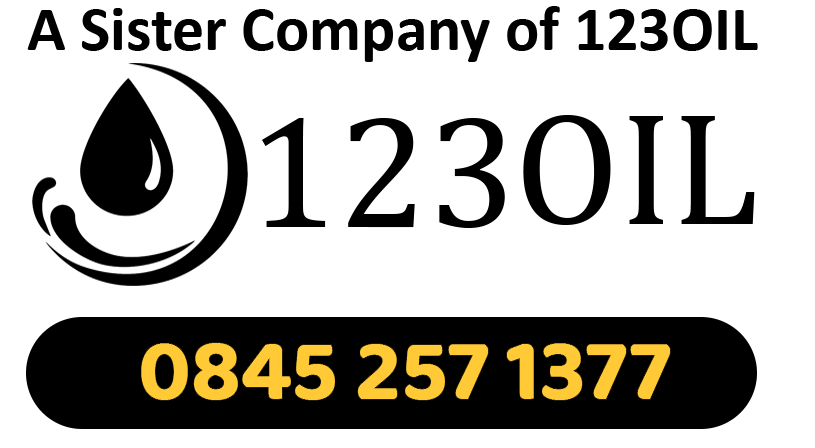What is a Chemical Spill Kit?


Chemical spills can pose severe risks to both human health and the environment. Having the right tools to manage and mitigate these spills effectively is essential for safety. This comprehensive guide delves into the importance of chemical spill kits, outlining what you need to have on hand, the types of spills they address, and best practices for their use. Whether you’re a professional in an industrial setting or someone looking to be prepared at home, understanding the fundamentals of chemical spill kits is critical. Let’s explore the key components and considerations that will help you respond swiftly and effectively in the event of a spill.
What are Chemical Spill Kits?
A spill kit, also known as a chemical spill kit or absorbent spill kit, is essential for cleaning up, decontaminating, and disposing of waste after a spill. This collection of tools is crafted to manage various spill types, ranging from simple to complex. The substances it can manage include:
- Body fluids
- Chemicals, such as acids and alkalis
- Oils
- Fuels, like petrol and diesel
- Solvents
- Cooking oil and other food items
- Sewage
Chemical spill kits are designed for handling spills of corrosive and other hazardous liquids, commonly labelled in. These kits allow for a quick response to any hazardous chemical spill or leakage at work, including solvents, paints, acids, and pesticides. Spill kits are pre-packaged sets of supplies designed to manage and clean up chemical spills. They typically include items like:
- Absorbent materials like socks, absorbent pads or pillows absorb chemicals.
- Containment booms or other devices to prevent the spill from spreading.
- Containers or bins for waste, spilt chemicals, and used absorbents.
- Designated disposal bags for contaminated materials.
- PPE, gloves and goggles for workers’ safety from chemical exposure.
- Equipment to assist with spill clean-up, such as brooms, shovels, or scoops.
Types of Chemical Spill Kits
It is essential to prepare for accidents or emergencies as part of your COSHH risk assessment. Recognising potential hazards in your workplace enables you to determine which substances require cleaning and assess the extent of possible spills or leaks. This understanding aids you in identifying the appropriate type and quantity of spill control materials needed. Choosing the right spill kit for your site ensures that you have adequate amounts of the necessary items. Chemical spill kits come in various designs, such as:
Grab Bags/Shoulder Bags
Grab bags are lightweight and portable, perfect for vehicles or confined spaces. They mainly contain absorbent materials and essential PPE.
Vinyl Holdalls
More robust than grab bags, vinyl holdalls are refillable and designed for tough environments.
Static Bins
These stationary options are ideal for high-risk areas and usually store a greater amount of absorbent materials.
Wheeled Bins
Designed for larger spill scenarios, these mobile bins offer high capacity and may hold a substantial volume of absorbent materials.
Locker/Cabinet Systems
Offering secure and organised storage, these systems are well-suited for larger spill kits and are commonly found in bigger facilities.
Applications of Chemical Spill Kits
Every COSHH risk assessment needs a strong emergency response plan. This plan should explain what to do during accidents, like leaks and spills of hazardous materials. Quick and efficient spill handling is essential to protect employees, facilities, and the environment. Spills can be very dangerous; they can cause slipping and may also lead to health risks if inhaled or touched. Chemical spill kits find applications across various workplaces and sectors, including:
Laboratories that do chemical tests or research need spill kits for managing chemical spills and hazards.
Chemical plants, where dangerous materials are produced, stored, and transported, also need spill kits for managing spills.
Manufacturing plants with chemicals need to have spill kits on hand.
Chemical warehouses must have spill kits prepared for any spills.
Garages dealing with fuels, oils, or hazardous materials are required to ensure the availability of spill kits.
Hospitals with labs or areas where chemicals are used require spill kits to manage hazardous spills.
Construction sites that use chemicals need to have spill kits ready for any spills.
Restaurants and kitchens employing cleaning chemicals should also keep spill kits on hand to address possible spills.
Agricultural sites that use chemicals for pest control or fertilisation need to have spill kits for emergencies.
Process of Using a Chemical Spill Kit
As you may know, spills involving hazardous chemicals can lead to serious issues like fires, explosions, and environmental damage. Chemical spill kits are essential for managing unintentional discharges of dangerous substances and materials. They provide the necessary tools for containment, cleanup, and decontamination, helping your staff manage spills effectively. Here are simple steps to follow when dealing with a dangerous spill or leakage issue at work.
Evaluate the Risk
As soon as a leak or spill is found, notify your designated staff to assess the situation. Workers must determine both the nature and extent of the spill to assess the risks involved. During this evaluation, ensure that unauthorised individuals are kept at a safe distance from the spillage area. Also, quickly remove any other dangers, like sources of ignition or spilled chemicals.
Put on PPE
Wearing your protective equipment (PPE) is important for cleaning up spills. Before handling any hazardous substances, staff must put on the correct PPEs, which includes suitable clothing, shoes, gloves, goggles, and/or a breathing mask.
Access the Spill Kit
Staff trained in spill response should quickly have access to the appropriate spill kit for the affected area. The kit should be in good condition, fully stocked, and have no missing or damaged items. Chemical spill kits should be stored in a designated, well-lit location within 30 metres of every spill hazard area.
Lay Down a Safety Barrier
The following step in addressing the spill is to establish a barrier around it. Depending on what’s in your chemical spill kit, tools like absorbent mini-booms can help stop the chemical from spreading. Make sure to block or isolate any drains or sewers from the spill, as hazardous materials can contaminate water systems and the environment.
Stop the Leakage
Leaks can happen in different ways. Some might be from a leaking chemical container, while others could be caused by broken equipment. No matter what, it’s important to stop the chemical leakage as quickly and safely as possible. Sometimes, this can be done by making sure chemical containers are upright.
Absorb the Spillage
Your spill kit must be designed to handle chemical spills. It should include absorbent materials that help soak up the spill, such as pads, pillows, floor sweeps, or even old socks. Remember that different absorbent items are better for different cleanup tasks.
Clean Up the Spill Site
The next crucial step is to clean the spill zone properly. You may need to clean floors, walls, storage areas, or equipment to remove any leftover contaminants. Most chemical spills require a thorough cleaning to ensure no harmful substances remain. During this cleanup, it’s also important to check that the air quality in the spill area is safe for workers. Large spills can release dangerous vapours that need to be cleared out using natural or mechanical ventilation. Ignoring this can lead to legal issues and health risks if vapour levels exceed safe limits.
Dispose of Contaminated Chemical Waste
Chemical waste can damage personal protective equipment (PPE), absorbents, booms, and other workplace materials. All chemical waste must be placed in designated waste bags for collection by certified waste management service providers. The bags must be securely tied to avoid leakages during disposal.
Report the Spillage Incident
Reporting spills in the workplace is crucial for compliance and safety. Set up procedures for reporting hazardous chemical leaks or spills, so your team can work together to minimise immediate risks. It’s a good idea to discuss any health and safety concerns at the next staff meeting to find ways to prevent future incidents.
Negative Consequences of Not Using Chemical Spill Kits
Effective spill control is crucial for reducing the impact of spills. This means quickly containing spills and following proper cleanup steps. While cleaning up spills can be costly, acting fast can reduce overall expenses. Spill kits allow for immediate containment and cleanup, preventing bigger issues that might involve the Environment Agency. Moreover, chemical spill kits give employees peace of mind, knowing they can protect themselves and their coworkers in case of an accident.
If a spill is not cleaned up properly, it can harm the environment in several ways:
Risk to Human Health: Big spills can be dangerous for people nearby. Breathing in fumes or touching the spill can cause serious injuries.
Bioaccumulation: Some chemicals can build up in our bodies or in animals over time, leading to long-term health issues.
Soil Contamination: A spill can make soil unsafe for crops, which can be harmful if people eat the affected plants. It can also destroy animal habitats.
Pollution of Water Sources: Chemicals from a spill can pollute groundwater, which is crucial for watering crops and drinking. Depending on the chemicals present, drinking contaminated water can be highly dangerous.
Damage to Marine Ecosystems: When chemicals enter water bodies, they can quickly reach the ocean, harming marine life.
Conclusion
Understanding the importance and components of chemical spill kits is vital for ensuring safety in environments where hazardous materials are present. These kits play a crucial role in preventing accidents from escalating, minimising environmental impact, and ensuring compliance with regulations. By being well-informed and prepared with the right equipment and knowledge, individuals and organisations can effectively manage chemical spills, protect public health, and uphold their commitment to safety. Regular training and inspections of spill kits further enhance preparedness, making it essential to integrate these practices into safety protocols.









 Home
Home  Checkout
Checkout